Sekison-tei
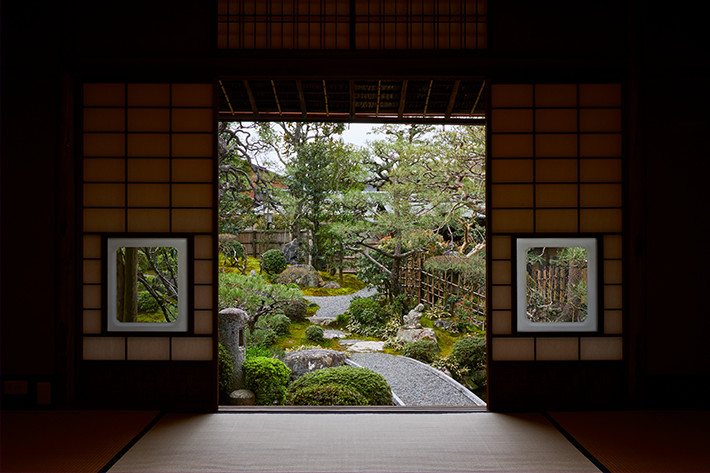
“Integrity, Trust and Long-term Relationships” as Seen Through Sekison-tei
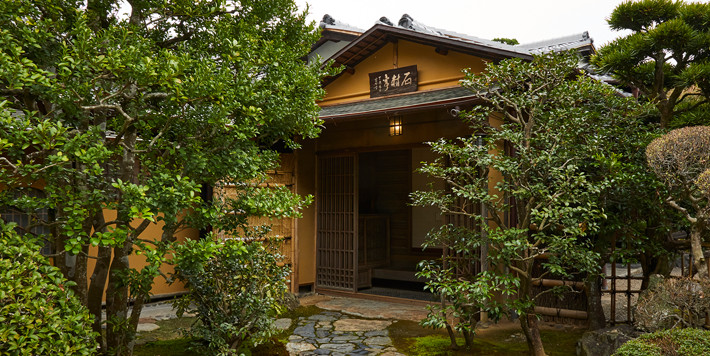
Sekison-tei is the name of the former residence of literary legend Junichiro Tanizaki and also serves as the setting for the novel The Bridge of Dreams.
Sekison-tei was donated to Nissin Electric in 1956. Since then, we have worked diligently to preserve this heritage residence in its original state, with the hope of putting the Principles of Activities of “Integrity, trust and long-term relationships” into practice.
Beloved heritage residence entrusted to Nissin Electric by its owner, a literary legend
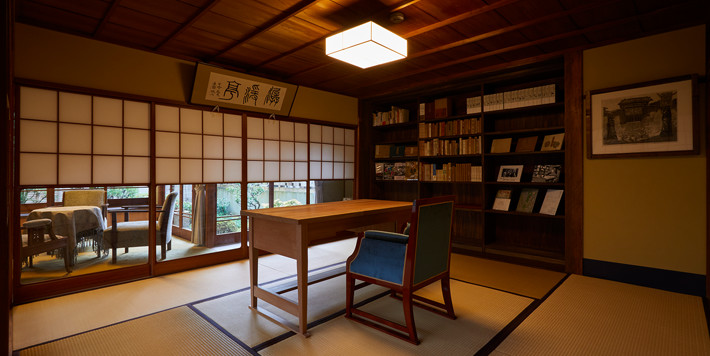
The more than century-old Sekison-tei faces the Tadasu no Mori Forest of the Shimogamo Shrine World Heritage Site in Kyoto. It features a main house with a modern take on Sukiya-style architecture popular in the early 20th century as well as a beautiful Japanese garden. Literary legend Junichiro Tanizaki, who is famous for moving more than 40 times during his life, loved this residence greatly, originally naming it Senkan-tei. He spent seven years here from 1949, during which he wrote a number of novels including The Modern Translation of the Tale of Genji, Captain Shigemoto’s Mother, and The Key.
Nissin Electric, connected by fate with Tanizaki’s wife at the time, took over the residence for a guest house when Tanizaki moved to Atami in 1956, on the condition that the company maintains the residence in the same condition as he left it, as he desired to see it on his visits to Kyoto. To this day Nissin Electric has kept its promise, preserving the residence that Tanizaki renamed “Sekison-tei” when he passed it on to the company.
Sekison-tei conveys the story of a literary legend while maintaining the style of the 1950s
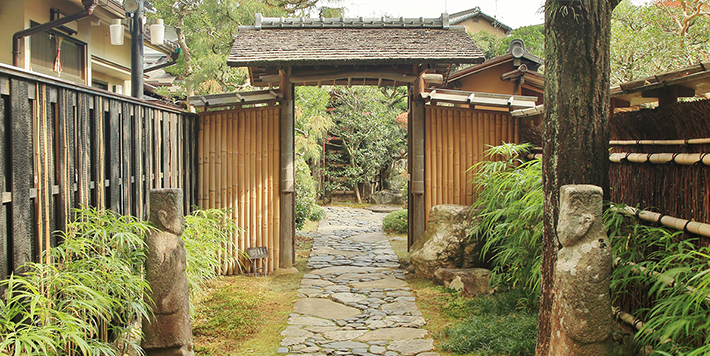
Over the years, we have worked diligently to preserve Sekison-tei in its original state as a piece of cultural heritage that once was used as a residence and place of writing by novelist Junichiro Tanizaki.In recent years, we completed repair work on the 100-year-old main house and made repairs to the garden after researching how the house and garden once looked when used by Tanizaki. Today, the palace-style main house which Tanizaki liked very much because of his fondness for the Heian period (794-1185), maintains its original elegant look after replacing the roof tiles, while the garden now features a number of garden stones, befitting of the name Sekison-tei (stone village residence). Normally, Sekison-tei is closed to the public, but on occasion Nissin Electric opens it to tours by groups conducting research on Japanese literature, architecture and gardens as well as for reporters writing stories for newspapers, magazines or television programs. These visits help to convey the original state of this cultural heritage site to the rest of society.
We will continue to preserve Sekison-tei, which has become the pride and joy of the company, because it stands as a symbol of the integrity of our promise to Tanizaki, and earn the trust of society through our preservation and utilization efforts.
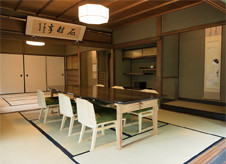
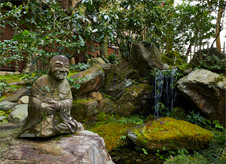

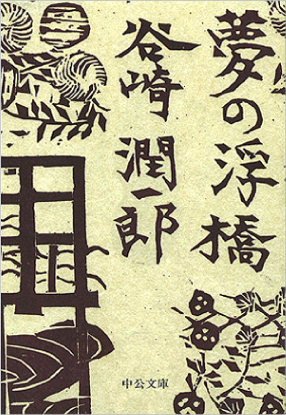
Sekison-tei was the setting for the novel The Bridge of Dreams
The Bridge of Dreams (Yume no ukihashi) was the first novel written based on dictation taken from Tanizaki, who lost the movement of his right arm. This novel was one of Tanizaki’s most well-known stories about love for one’s mother. The main character Tadasu lives in a residence called Goi-an, which is based on Sekison-tei. The novel makes the garden and rooms in the residence come alive for the reader. The scenery depicted in four illustrations of Sekison-tei can be viewed in person completely unchanged from before.